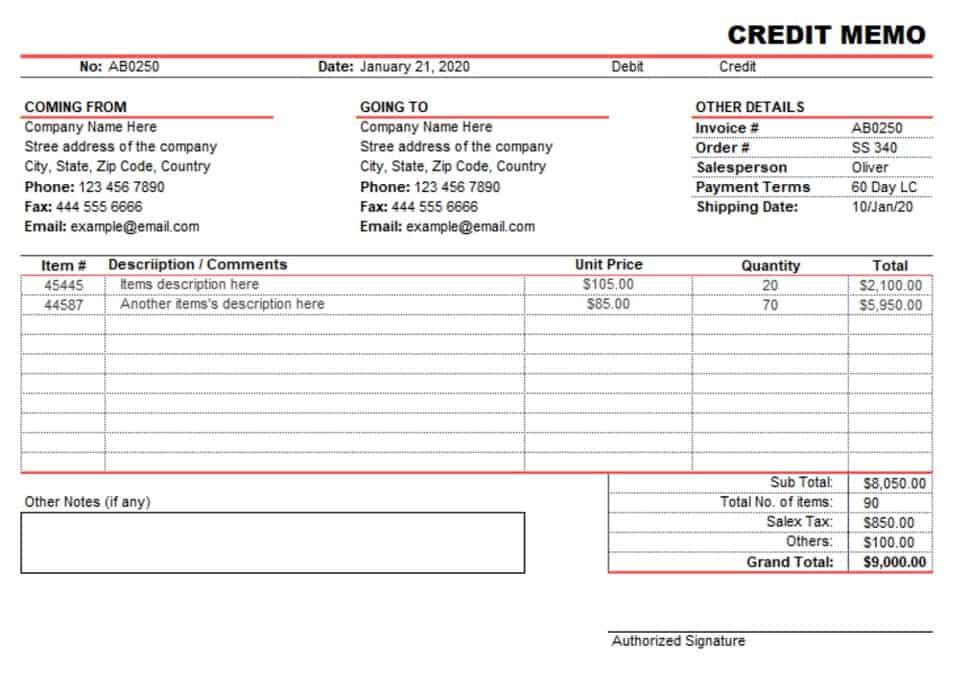13 feb What is the Opening Balance of the Financial Statements? Explained

While the amount left in an account at the end of an accounting period refers to the closing balance. Opening Balance Equity is calculated by subtracting the company’s liabilities and equity from its assets. The result is the amount of money invested by the owner or shareholders to start the business. Opening Balance Equity is important in finance because it helps track the initial investment made in the company and serves as a starting point for the business’s financial records. It also helps in identifying the source of funds used to start the business.
- As a result, investors and stakeholders may find it challenging to accurately interpret the financial position and historical performance of the business.
- Your balance sheet is a snapshot of your company’s financial health at a specific point in time.
- The total of these balances should be equal to the company’s total equity, which is recorded in the Opening Balance Equity account.
- When you start managing your business with QuickBooks, you’ll encounter a term called Opening Balance Equity (OBE).
- AI assists in setting up books by validating historical data, detecting discrepancies, and ensuring all financial entries—from assets to liabilities—are balanced.
- If the company has a checking account, the opening balance equity account should be adjusted to reflect the correct cash balance.
- This is the amount of money in the account at the start of the fiscal year.
Balance Sheet 101: Understand Opening Balance Equity Accounts
This is also known as net profits or net earnings of a company, and as a form of equity, it can be reinvested into the company for growth purposes and is used to determine what the business is worth. Empowering students and professionals with clear and concise explanations for a better understanding of financial terms. Quick assets refer to assets that can be easily converted into cash within a short period of time, typically within a year. Now that you know how to calculate opening and closing balances, the world of personal finance is your oyster. You can analyze your spending patterns, track your savings goals, and make sure you’re not unintentionally leaking money like a leaky faucet.
- Look into the Intuit Find-A-ProAdvisor site to find certified professionals in your local area that are sure to have the answers you’re looking for.
- When these new accounts are established, it is necessary to adjust the Opening Balance Equity to allocate the correct starting balances.
- The owners have invested $200,000 in exchange for shares in the company, and they’ve also secured a loan from the bank for another $100,000.
- I now have as you did in the video a balance of zero when I go to reconcile.
- Bank Reconciliation is the process of comparing the transactions in a company’s bank statement to the transactions in QuickBooks.
Credit Entries
Clearing the Opening Balance Equity account is not merely a technical task but an integral step in opening balance equity meaning maintaining clean, accurate, and compliant financial records. You can effectively zero out the OBE account by following the outlined steps, including reviewing account balances, creating journal entries, and running financial reports. The Opening Balance Equity account plays a crucial role in ensuring your books balance when entering opening balances in QuickBooks Online.
Incomplete or Incorrect Opening Balances Entered During Setup
The start of a new fiscal year may result in the need https://www.bookstime.com/ for opening balance equity to align the financial records. Each new page of your diary should logically reflect the entries from the previous day or week, right? Opening balance equity works in much the same way but on a larger scale—your company’s financial statements are like that diary, and each period’s information carries over to the next. In essence, Opening Balance Equity serves as a bridge between your past financial performance and your current year’s financial statements. By reflecting prior period’s net income, it provides context for where you stand financially right at the beginning of the new accounting period. This is not just about looking backward; it also sets the stage for how your business will operate in the present.

Opening Balance Equity accounts show up under the equity section of a balance sheet along with other equity accounts like retained earnings. The changes in equity accounts, such as investments, withdrawals, and the net income from the previous period, also impact the calculation. Thus, attention to the details of these accounts is crucial for accurate calculation. In summary, understanding how opening balance equity affects opening retained earnings is crucial for grasping its impact on current period’s profit.
Your opening balance will be the closing balance of the last reporting period, ideally, zero, with all accounts balanced. So if you post a new asset account with a balance, you’d need to offset it by the same amount on the other side of the equation when you first bring balances into accounting software. Using accounting software can help you figure out what is missing, or you can fill out an accounting template and see the numbers in front of you. Opening balance equity is an account created by accounting software to offset opening balance transactions. In my Quickbooks Company file, which I started in the middle of April, I entered the balances of my accounts from the Chart.
Imagine you’re setting up a new house—opening balance equity is like having a blueprint that outlines where you begin constructing. This initial value represents the total amount of assets minus liabilities at the start of an accounting period, offering a clear picture of your financial standing right from the beginning. The initial investment made by the company’s petty cash owners or shareholders is recorded in the opening balance equity account to maintain the balance of the accounting equation.

This scrutiny is part of the process of establishing a solid foundation for the company’s financial records. As transactions are recorded over time, the balance in Opening Balance Equity should diminish, signifying that the company’s financial activities are being accurately reflected in its financial statements. Opening Balance Equity is a critical component in the accounting process, serving as a bridge between past financial activities and new accounting records. It represents the residual equity from previous periods that is carried forward into a company’s current balance sheet.

What is opening balance equity in QuickBooks and how to use it
- The goal is to eventually allocate the balance to the correct equity accounts (such as Owner’s Equity or Retained Earnings), leaving the Opening Balance Equity account with a zero balance.
- Inaccurate recording of OBE can cause confusion and lead to an unbalanced journal entry that needs to be reconciled.
- Imagine you’ve just started a new business and realized that your initial financial records need tweaking—how do you go about it?
- It represents the account balances carried forward from the previous period.
- Opening Balance Equity is a temporary account that is used to record the initial equity balance when a new company’s books are set up.
Integrating these tools into your workflow can streamline your financial management processes and help your business achieve greater efficiency. Start exploring the possibilities today to elevate your QuickBooks experience. In your QuickBooks company, you will undoubtedly find an account called Opening Balance Equity. It had been changed to a purchase loan and entries have been being posted to it monthly! Someone must have thought, “Oh, it’s a new loan balance, let’s use “Opening Balance Equity.” I appreciate your careful approach to resolving the discrepancies between your bank and QuickBooks Online’s (QBO) balance.


